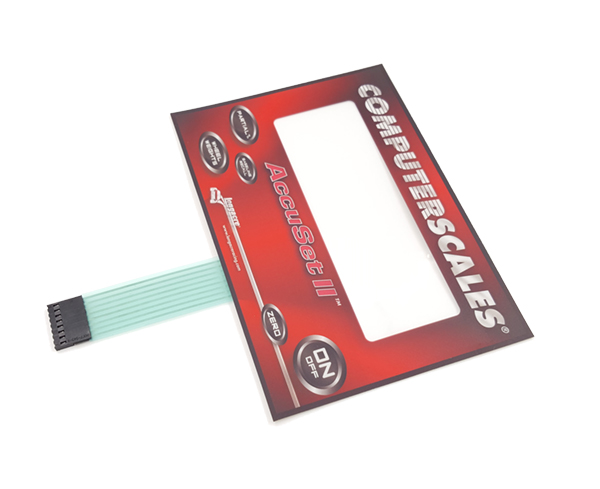Common production materials for membrane panels and membrane switches
Because the general properties of PET film can be replaced by PC film, it is not used for panel materials too much, except in some special occasions, such as insulation, resilience, solvent resistance, etc., which cannot be satisfied by other films. There are only a few applications.
However, as a glossy material, once it is printed on the back, the color will be more bright and dazzling. In the occasions where the decorative requirements are strong and do not need to be touched frequently, glossy materials are often selected to make panels, or due to certain display areas such as Considering the special needs of LCD liquid crystal display, it is more advantageous to choose glossy materials.
The comprehensive index of physical and chemical properties of PC material is good, and its suitable ink is also wider, and it is the most commonly used material for membrane switch panel layer. The PC material has the distinction of sand surface and smooth surface. The reason for choosing the sand surface material is that the use of membrane switches is mostly electronic products. The panel used as the control system does not want to be disturbed by light, and the sand surface It is only diffusely reflective, and will not produce bright reflections; at the same time, because the surface is in disordered sand, it has the effect of masking scratches. On the contrary, glossy materials do not have the above characteristics.
The price of PVC film material is low, about half of that of PC material. When producing popular products for civilian use, if PVC material is selected, production costs can be reduced. At the same time, PVC material has good ductility and can be processed by cold pressing. Three-dimensional graphics. The thickness of smooth PVC sheet is generally more than 0.5 mm, and both sides are protected by PET or water-adhesive paper. Most of them are used to make decorative panels. Supplied in sheet, not in roll.
